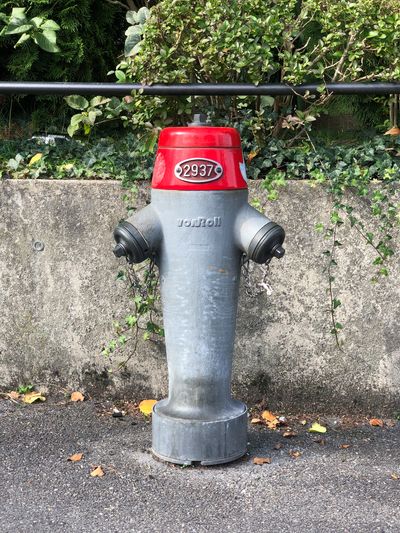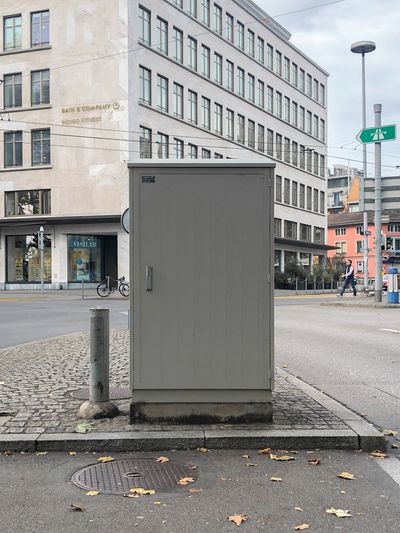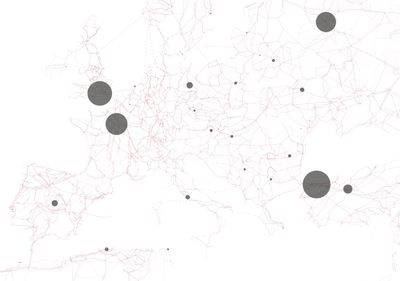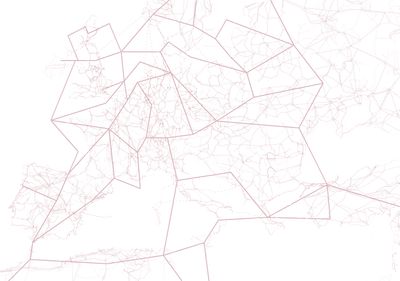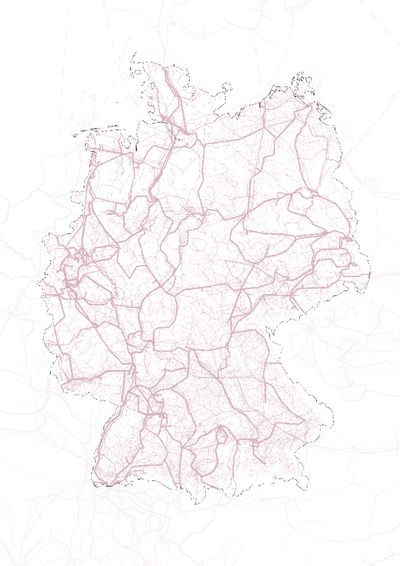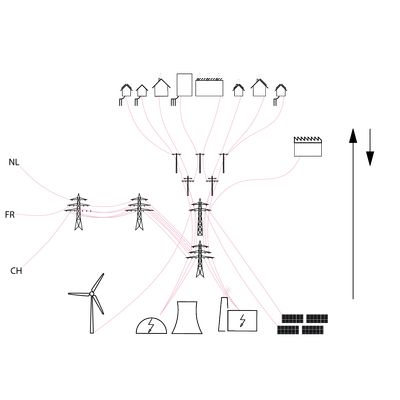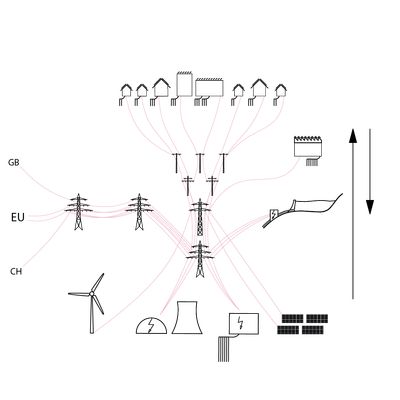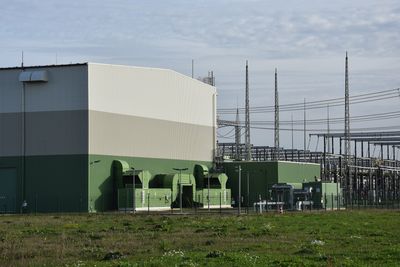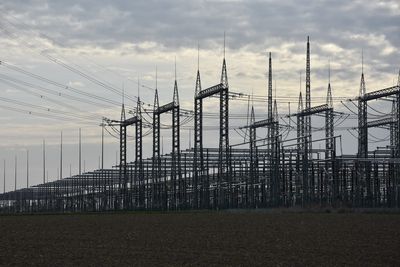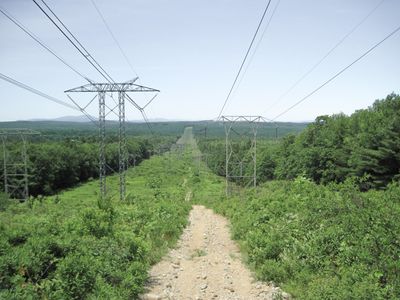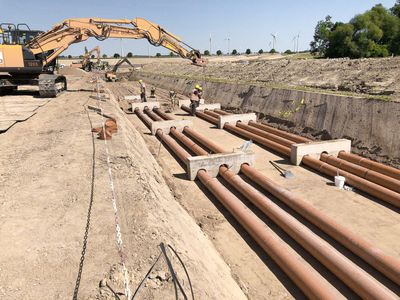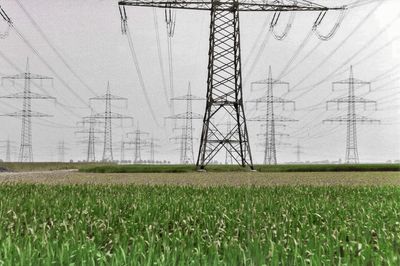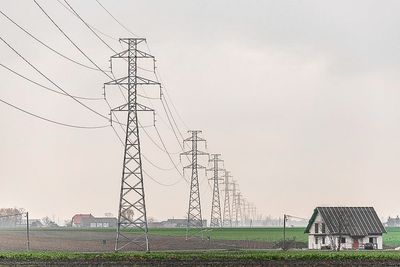AtlasGrid and Networks Timon Droll, Charis Gersl, and Flavio Thommen
The electrical grid is an interconnected network for electricity delivery from producers to consumers. Without the grid, energy could only be used where it is generated. Notwithstanding its importance, the grid has remained an abstract, hidden element of the planet’s energy supply, often omitted in debates on energy transition. To shed light onto the electrical grid, the following questions will be answered in the following: What infrastructure does the grid comprise? How does the energy transmission work? And how does it impact its surroundings?

Flow of Electricity
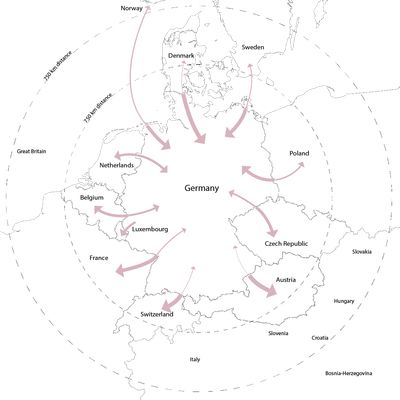
Source: Stromdaten
In the first quarter of the 2022, Germany supplied large amounts of electricity to foreign countries, compared to the amount of imported electricity. A major reason for the large export volumes was the growing amount of wind and solar power in the country. Most of the electricity, produced in Germany, flowed to Austria and Switzerland, while small volumes of imports came from Denmark and Sweden, as well as from Norway. In the entire quarter, there were only seven days on which Germany purchased more electricity from abroad than it exported. However, these short-term imports did not mean that all domestic capacity was exhausted. Cross-border electricity deliveries follow primarily market laws rather than technical necessities. In cross-border trade, electricity always flows from the cheaper to the more expensive country.
For decades, Russian coal, oil and gas have contributed significantly to Germany’s energy mix. With the proclamation of the Energiewende and in the face of the 2022 energy crisis due to the Russian-Ukrainian war, the state has advanced the expansion of renewable energies.
Today, around half of the power produced in Germany comes from renewable sources like sun or wind. At the same time, the demand and importance of coal-fired power grew, due to the stop of gas delivery from Russia. Therefore, coal still marks the main energy source today with around a third of the total amount of electricity. In contrast, alternative sources like biomass, nuclear or hydropower contribute little to the energy mix.
What kind of energy source feeds electricity to the grid is highly dependent on the weather, among other things: sun and wind do not always generate the energy when it is needed. This can mean that not enough electricity is produced when it is dark or there is no wind. In such cases, the missing amount of electricity must be compensated with other energy sources.
Casino on the Electricity Market
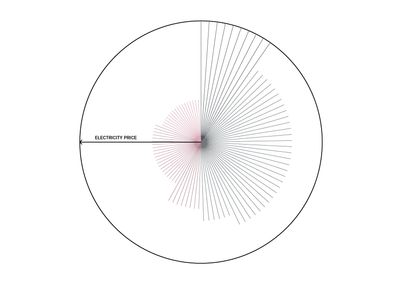
The graphic shows the different energy sources, which are needed to meet the current demand for electricity in Germany. On the right side there are the conventional energies like coal, gas and nuclear. The left side represents the renewable energy sources like sun, wind and biomass. The number of lines represents the importance of each energy source measured by the overall demand. The length of each line represents the level of the market price. In 2022, gas was the most expensive form of energy followed by coal.
Source: DESTATIS
- Gas
- Coal
- Nuclear
- Biomass
- Wind
- Solar
The electricity pricing is based on a uniform principle throughout Europe. The power plants that can offer the best price are always the first to be selected. Wind and solar are among the cheapest electricity suppliers. The uniform regulation states that the most expensive power plant determines the price of electricity. In the case of Germany, gas determines the price. This means that all other less expensive suppliers sell the energy at the same price like gas. While the gas plant operator covers only the production costs, the other suppliers make profit.
From Producer to Consumer
Although electricity is not visible, it is constantly present and the foundation of modern life. Without electricity, no trains run, refrigerators do not work, and cashless bank transactions can not be completed.
In order to bring electricity from the renewable energy sources to the consumer quickly and with little losses, a well-developed electricity grid is important. Today, electricity is usually not used where it is generated. In order for the electrical energy to reach the consumers, a multi-level electricity grid with seven different levels is needed. Between the four networks of extra-high, high, medium and low voltage there are three transformer levels, where the extra-high voltage is gradually converted into low voltage.
The electricity grid consists of a transmission grid and a distribution grid. On the way from the power plant to the household the voltage is gradually reduced to 230 volt. At the beginning is the power source. From the power sources the electricity is fed into the extra-high voltage grid (380 kV). In this way, large amounts of electricity can be transmitted over long distances. They bring the electricity to the region of the consumers where it is reduced to a lower voltage. From the transmission grid the electricity is transferred to the high-voltage grid (36-150 kV). Here, it is taken over by industrial plants and local energy suppliers. For regional use the voltage is reduced a second time and fed into the medium-voltage (1-36 kV)grid. From this grid the electricity is distributed to city districts, villages and small and medium-sized industrial plants. Finally, the voltage is transformed to low voltage (>1 kV). The electricity then reaches the socket via the local power grid.
The Electrical Grid and Its Impacts
Some people consider electricity infrastructures as ugly or dangerous for the human health. Even though there are no studies proofing that these concerns are justified, surveys from the Bundesamt für Strahlenschutz (BfS) in Germany show, that many people are afraid of being too close to the infrastructures of the electrical grid.
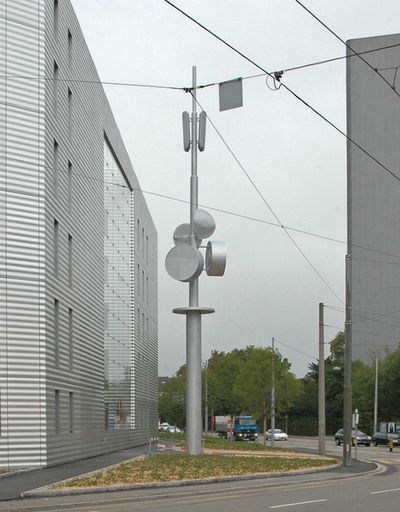
There are a lot of misconceptions and rumours about the impact of electricity networks on their surroundings. In Basel, for example, the artist Markus Müller put up a sculpture, right next to an office building, that looked like an antenna. Some people who worked there, or that were often in that area, started to complain about the lack of mobile phone reception and headaches, even though the antenna was not functional.
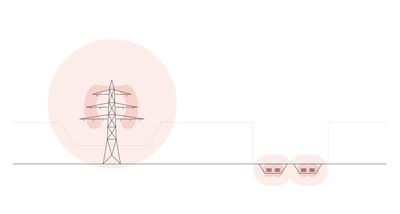
OVERHEAD LINES AND EARTH CABLES WITH ELECTROMAGNETIC FIELDS
- Treeline
- 100 Microtesla (people should not stay here for long)
- 1 Microtesla (no sensitive places like schools or playgrounds allowed)
Today, earth cables are becoming more common, because they are not as visible as overhead lines. They are often used near or in cities where there is not a lot of space or where it is more likely that people could reject the construction of new visible power lines. In addition, they have less outages and no noise emissions because they are protected in the ground. But if there is an outage it takes more time and money to repair it. That is s why overhead lines are used more often in the countryside because they are cheaper, can be repaired faster and have a longer life expectancy. Also, their energy transmission loss is smaller because they do not get as warm as the cables in the ground.
